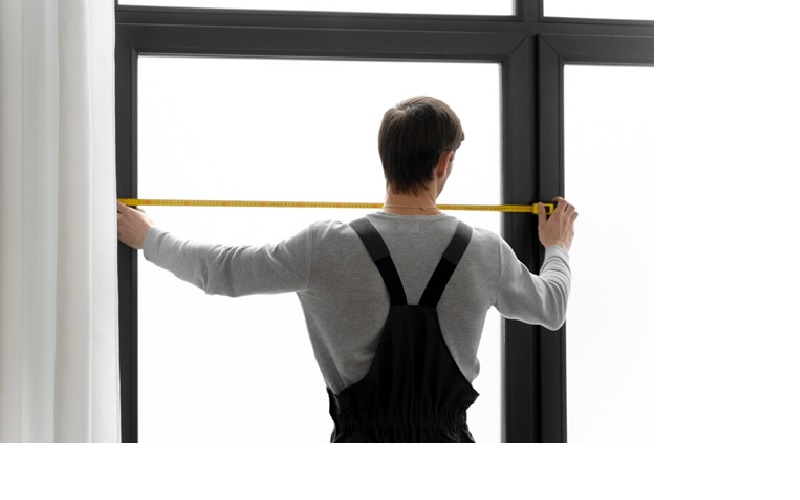How to Choose the Right Materials for Door Installation
When it comes to enhancing the aesthetics and functionality of your home or office, choosing the right materials for door installation is crucial. The materials you select not only impact the appearance of your space but also influence security, energy efficiency, and maintenance requirements. Whether you’re renovating or building anew, understanding the options available and their benefits will guide you in making informed decisions.
Understanding Your Options
Before diving into the specifics of each material, it’s essential to consider your needs and preferences. Are you prioritizing durability, aesthetics, cost-effectiveness, or environmental impact? Each material offers unique characteristics that cater to different priorities.
Wood: Timeless Elegance and Versatility
Wood remains a popular choice for door installation due to its timeless appeal and versatility. It exudes warmth and can be crafted into various styles to complement any architectural theme. Oak, mahogany, and maple are among the favored hardwoods known for their durability and natural beauty. Wood doors can be stained or painted to match your interior décor, offering a customizable option that stands the test of time with proper maintenance.
Steel: Security and Durability
For those prioritizing security and durability, steel doors are an excellent choice. They provide robust protection against intrusions and weather elements, making them ideal for both residential and commercial settings. Steel doors are typically low-maintenance, requiring occasional cleaning and repainting to maintain their appearance and corrosion resistance. They often come with insulation options, enhancing energy efficiency and soundproofing capabilities.
Fiberglass: Low Maintenance and Energy Efficiency
Fiberglass doors have gained popularity for their low maintenance requirements and excellent energy efficiency. They mimic the look of wood but are more resistant to dents, warping, and moisture. Fiberglass doors are available in various finishes and can be customized to resemble different wood grains or painted in any color of your choice. They are lightweight yet durable, making them a practical choice for exterior doors where weather resistance is crucial.
Factors to Consider
When selecting materials for door system installation, several factors should guide your decision-making process:
Climate Considerations
Consider your local climate when choosing door materials. For regions with extreme temperatures or high humidity levels, materials like fiberglass or steel that resist warping and moisture may be more suitable than traditional wood.
Security Requirements
Security is paramount, especially for entry doors. Ensure your chosen material provides adequate strength and can accommodate secure locking mechanisms to safeguard your home or business.
Aesthetic Appeal
Your door is a focal point of your property’s exterior. Choose a material and style that complements the architectural style of your home or building. Consider factors such as color, texture, and decorative elements that enhance curb appeal.
Conclusion
Choosing the right materials for door installation involves balancing functionality, aesthetics, and practical considerations. Whether you opt for the timeless elegance of wood, the security of steel, or the low maintenance of fiberglass, each material offers unique advantages that cater to different needs and preferences. By understanding the characteristics of each option and assessing your specific requirements, you can make a confident decision that enhances both the beauty and functionality of your space for years to come.

